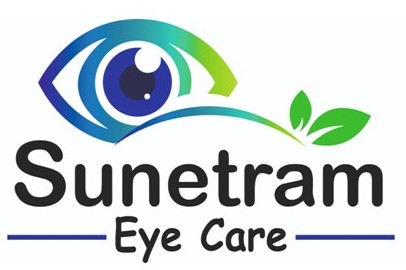Our Services
Common Disorders Of The Cornea
Pterygium
A pterygium is a growth of tissue onto the surface of the cornea, often a result of prolonged sun exposure (UV rays). It commonly causes redness, irritation and if large enough, even decreases vision. Pterygium excision is a simple day care procedure. After removing the pterygium, a conjunctival graft is placed in the bare area to prevent recurrence of pterygium after it has been excised.
Keratoconus
Keratoconus is a progressive condition characterized by weakening of the cornea wherein the cornea (the outer clear part of the eye) becomes “cone-shaped”, instead of being spherical. It is said to happen when the corneas are less “rigid”. It typically develops between the ages of 12 and 25 years and results in a progressive reduction in vision. Early cases can be treated with rigid contact lenses, while those who can’t tolerate contact lenses at all, may require a corneal transplant. Recently, a technique to arrest its progression has also been introduced. Corneal collagen cross-linking of the cornea with Riboflavin (C3R) is available to increase the rigidity of the cornea thus arresting its progression
Corneal Scar
Corneal scars are usually formed following trauma or corneal infections and if it is dense enough can cause obscuration of vision. Depending on the density, location and thickness of scar, either a laser or corneal transplantation can be performed to remove the scar and restore vision.
Corneal Dystrophy
These are hereditary group of disorders that can cause opacification of the cornea and progressive decline in vision. If a family member has this disorder, it is advisable that the close relatives get screened for this disorder by a simple ophthalmic examination. Corneal dystrophies can be successfully managed using lamellar corneal transplantation.
Corneal Infections
Corneal infections occur usually following trauma and can be bacterial, fungal or viral infections. They present with sudden onset of pain, redness and decline in vision. These infections need to be diagnosed and treated early. Samples are taken and a detailed microbiological work up is done. Milder infections can be treated with drops and more severe infections may require a therapeutic keratoplasty
Ocular Surface Disorders
A number of ocular surface disorders like ocular Steven Johnson syndrome, Chemical injuries, Ocular Cicatricial Pemphigoid & Neurotrophic Corneas require very specialized care ranging from Limbal stem cell transplantation, Amniotic membrane transplantation, Mucous membrane grafts and in some extreme cases replacing the entire cornea with an artificial carrier called Keratoprosthesis. Ocular Surface disease require urgent intervention and early diagnosis and treatment are necessary for restoration of vision.
